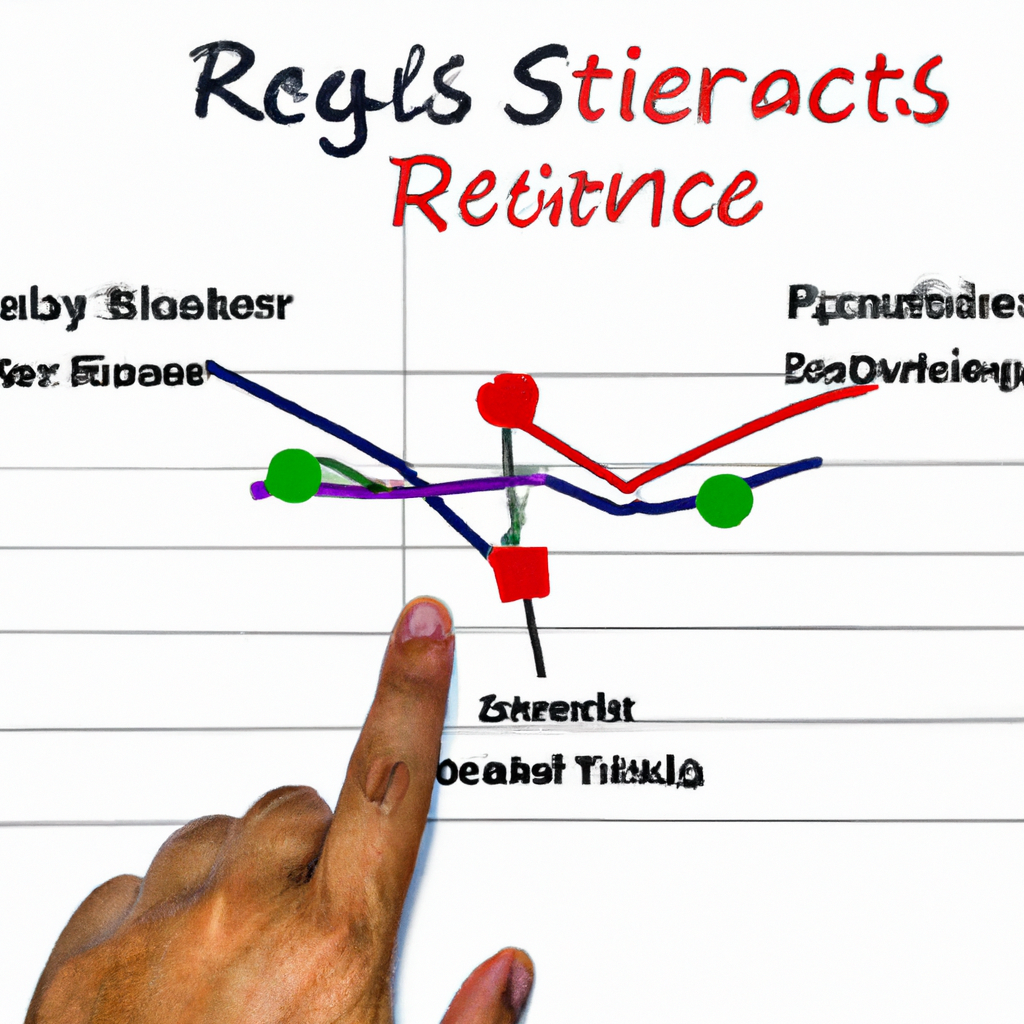Risk Management Using Technical Analysis
Introduction
In the world of finance and investing, risk management is a crucial aspect of making informed decisions and protecting your capital. One effective approach to risk management is through the use of technical analysis. Technical analysis involves the study of historical price and volume data to predict future market movements. By applying technical analysis techniques, investors and traders can identify potential risks and take appropriate actions to mitigate them.
Identifying Key Support and Resistance Levels
One of the fundamental principles of technical analysis is the identification of key support and resistance levels. Support levels are price levels where the demand for a particular asset is strong enough to prevent it from falling further. Resistance levels, on the other hand, are price levels where the supply of the asset is strong enough to prevent it from rising further.
By identifying these levels, investors can set stop-loss orders just below support levels to limit potential losses if the price drops significantly. Similarly, they can set take-profit orders just below resistance levels to secure profits if the price reaches a significant high.
Using Trend Analysis
Trend analysis is another crucial aspect of technical analysis that helps in managing risk. By studying price charts, investors can identify the prevailing trend in a particular asset. There are three types of trends: uptrend, downtrend, and sideways (or range-bound) trend.
During an uptrend, investors can adopt a strategy of buying on pullbacks or retracements to take advantage of the overall upward movement. However, if the trend starts to show signs of reversal, it may be wise to exit the position to limit potential losses.
In a downtrend, investors can consider short-selling or selling on rallies to profit from the downward movement. Again, it is important to closely monitor the trend and exit the position if signs of a trend reversal emerge.
In a sideways trend, where the price is trading within a range, investors can adopt a range-trading strategy by buying near support levels and selling near resistance levels. However, it is essential to be cautious of potential breakouts or breakdowns from the range, which could indicate a new trend.
Utilizing Technical Indicators
Technical indicators are mathematical calculations based on historical price and volume data. They can provide additional insights into potential market risks. Some commonly used technical indicators include moving averages, relative strength index (RSI), and MACD (moving average convergence divergence).
Moving averages help smooth out price fluctuations and identify the overall trend. They can also act as support or resistance levels. RSI measures the speed and change of price movements, indicating overbought or oversold conditions. MACD is a trend-following momentum indicator that helps identify potential trend reversals.
By using these indicators, investors can gain a better understanding of the market sentiment and make more informed decisions regarding risk management.
Conclusion
Risk management is a critical aspect of successful investing, and technical analysis can be a valuable tool in this regard. By identifying key support and resistance levels, analyzing trends, and utilizing technical indicators, investors can effectively manage their risks and make more informed trading decisions. It is important to remember that technical analysis is not foolproof and should be used in conjunction with other forms of analysis and risk management strategies.



